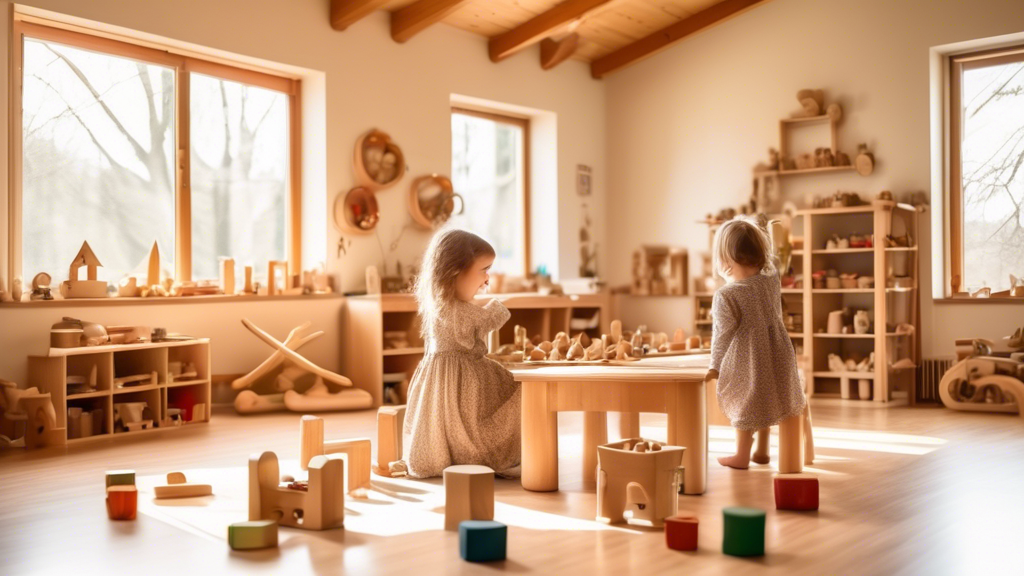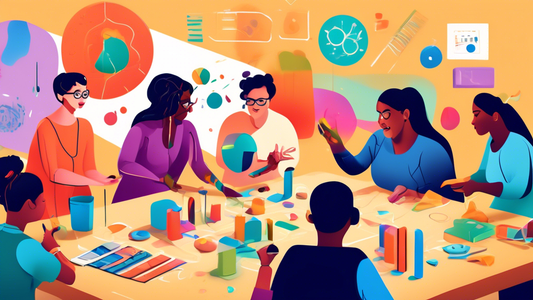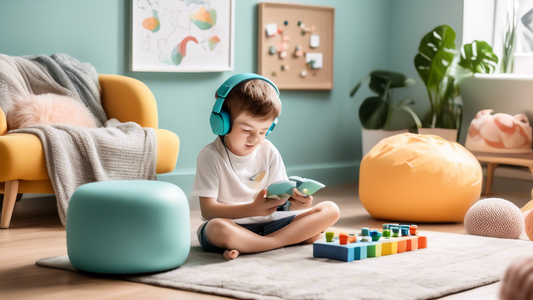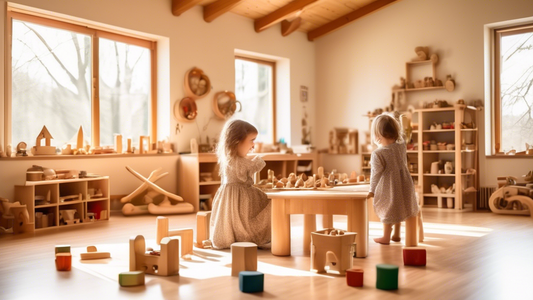Hello there, dear friend, and welcome! Today, we'll dive into the world of early childhood education, exploring two exceptional approaches: Montessori and Waldorf. Let's see how they can work together to create a truly holistic learning experience for our little ones.
Understanding Montessori and Waldorf
Montessori: A Child-Centered Approach
Montessori is based on the belief that children are naturally curious and motivated learners. It emphasizes self-directed learning, with materials and activities designed to support their individual needs and interests.
Waldorf: Cultivating Imagination and Creativity
Waldorf, on the other hand, focuses on nurturing the whole child through imaginative play, storytelling, art, and music. It seeks to develop children's emotional intelligence and spiritual awareness.
Collaborating for a Holistic Education
While Montessori and Waldorf have distinct philosophies, they share a common goal: to foster the holistic development of the child. By combining their strengths, we can create an environment that supports children's cognitive, emotional, physical, and spiritual growth.
Benefits of Collaboration
* **Enhanced cognitive development:** Montessori activities promote concentration, problem-solving, and critical thinking, while Waldorf play and storytelling foster creativity and imagination. * **Balanced emotional well-being:** Waldorf's emphasis on empathy and self-awareness complements Montessori's focus on independence and confidence. * **Creative expression:** The arts play a central role in Waldorf, nurturing children's imagination and self-expression. * **Physical and sensory development:** Montessori emphasizes practical life skills and movement, while Waldorf incorporates rhythmic movement and nature experiences.Practical Implementation
- Introduce Montessori materials: Create designated areas for Montessori activities, such as sensory exploration, math, and language.
- Incorporate Waldorf elements: Integrate storytelling, play, and artistic experiences into the curriculum.
- Establish a rhythm: Waldorf emphasizes a daily and weekly rhythm that provides children with a sense of security and predictability.
- Foster a nurturing environment: Both Montessori and Waldorf classrooms prioritize a warm and supportive atmosphere that respects each child's uniqueness.
Conclusion
By bringing together the best of Montessori and Waldorf, we can create a holistic education that empowers children to reach their full potential. Let's embrace the synergy between these two approaches and foster an educational experience that truly nurtures the whole child.












